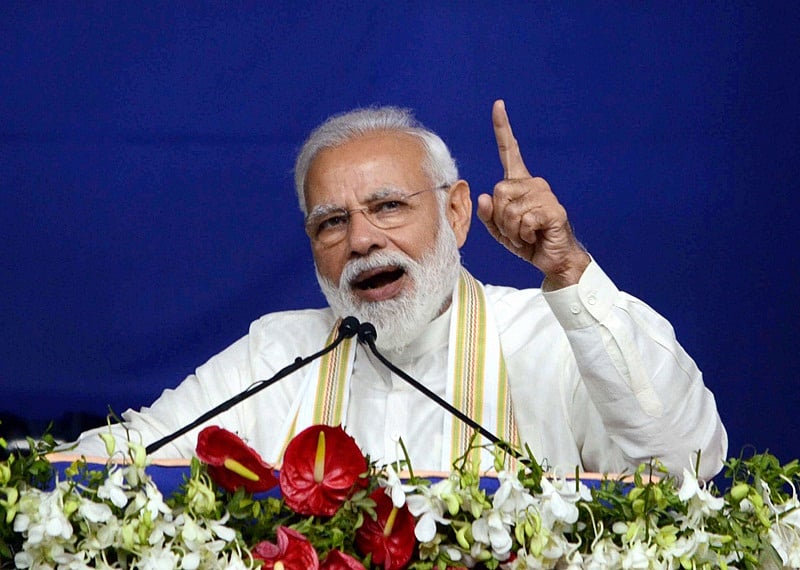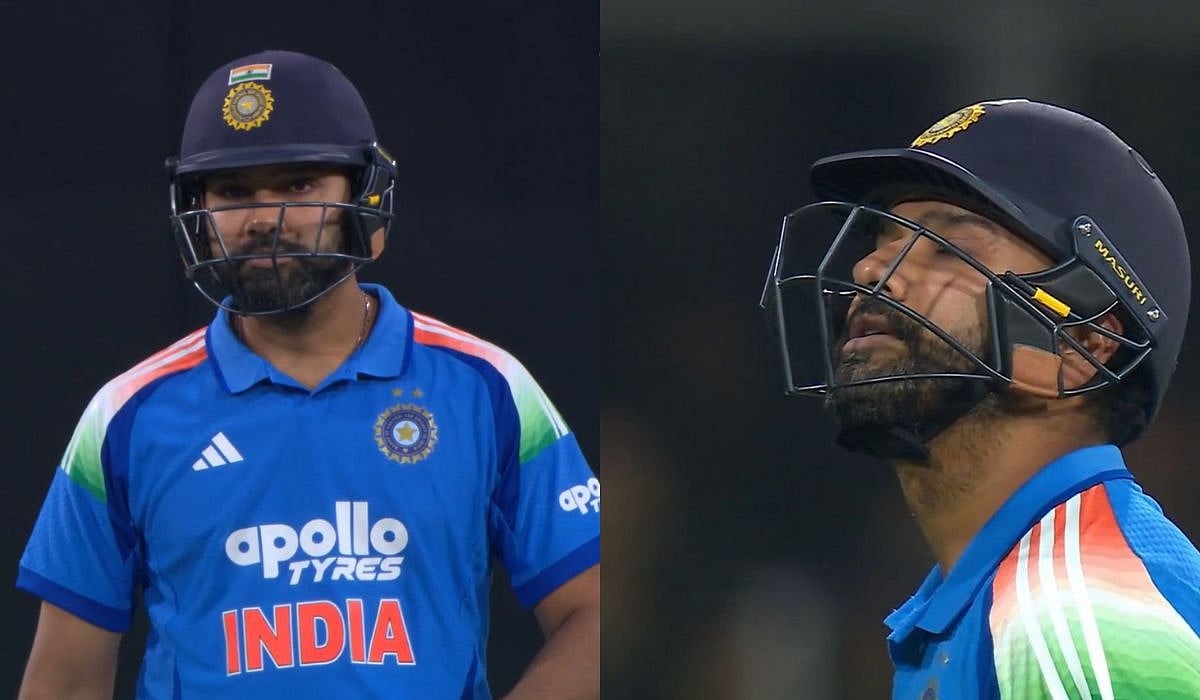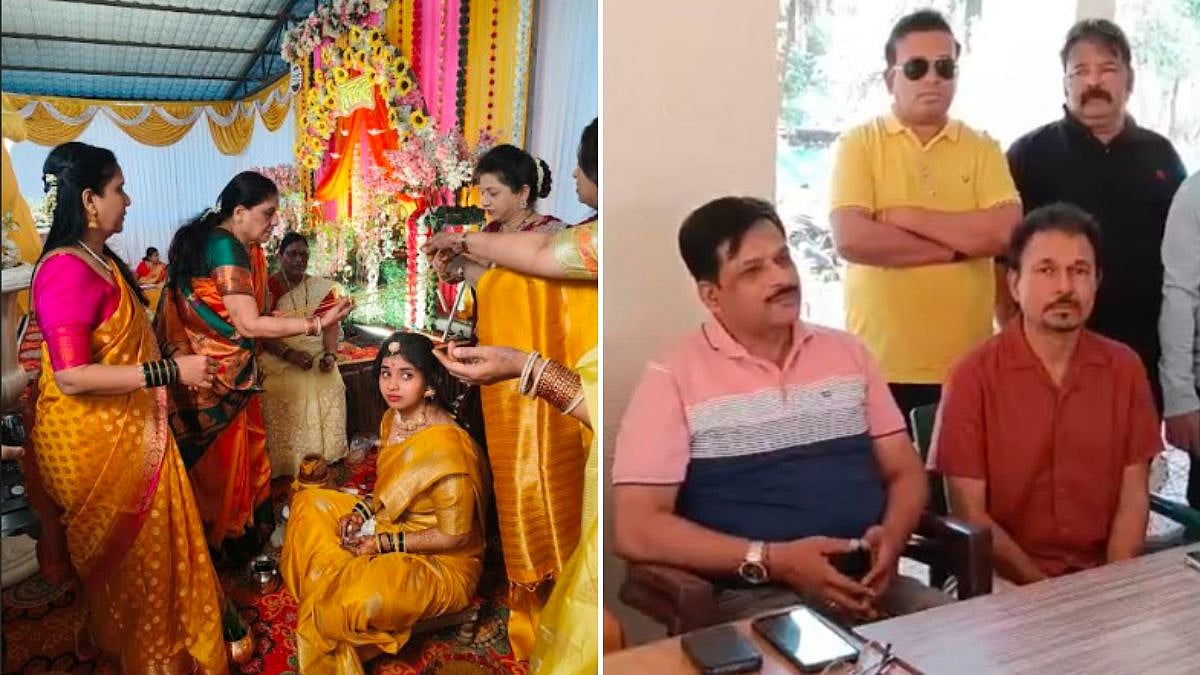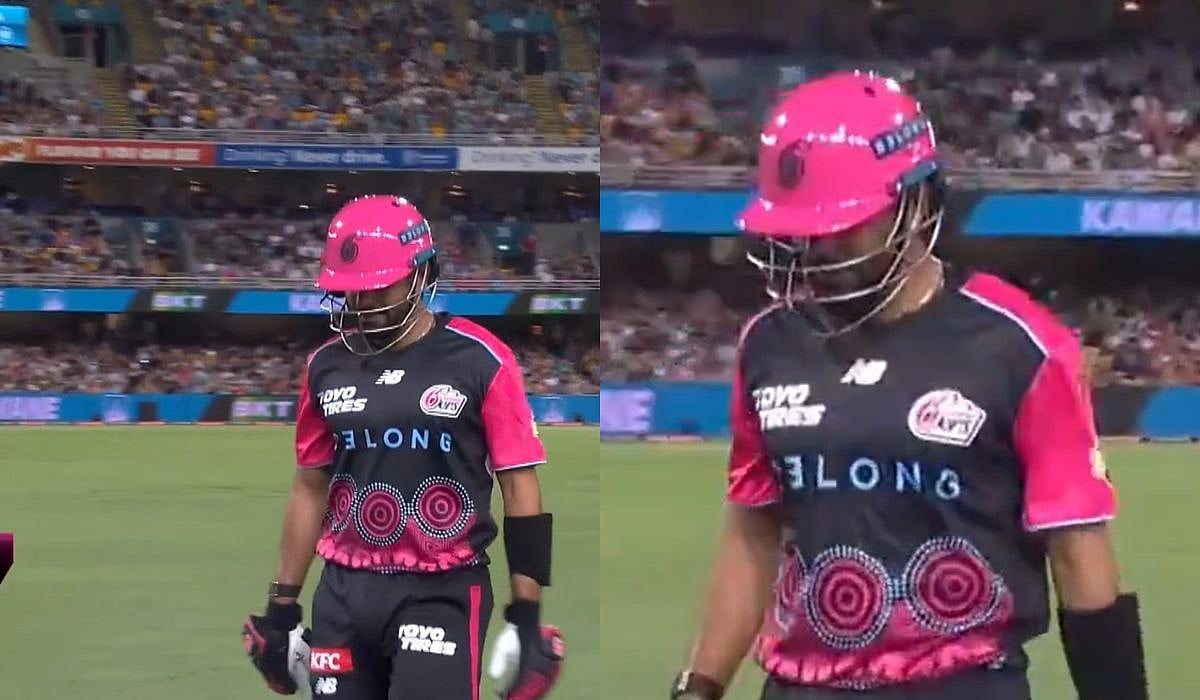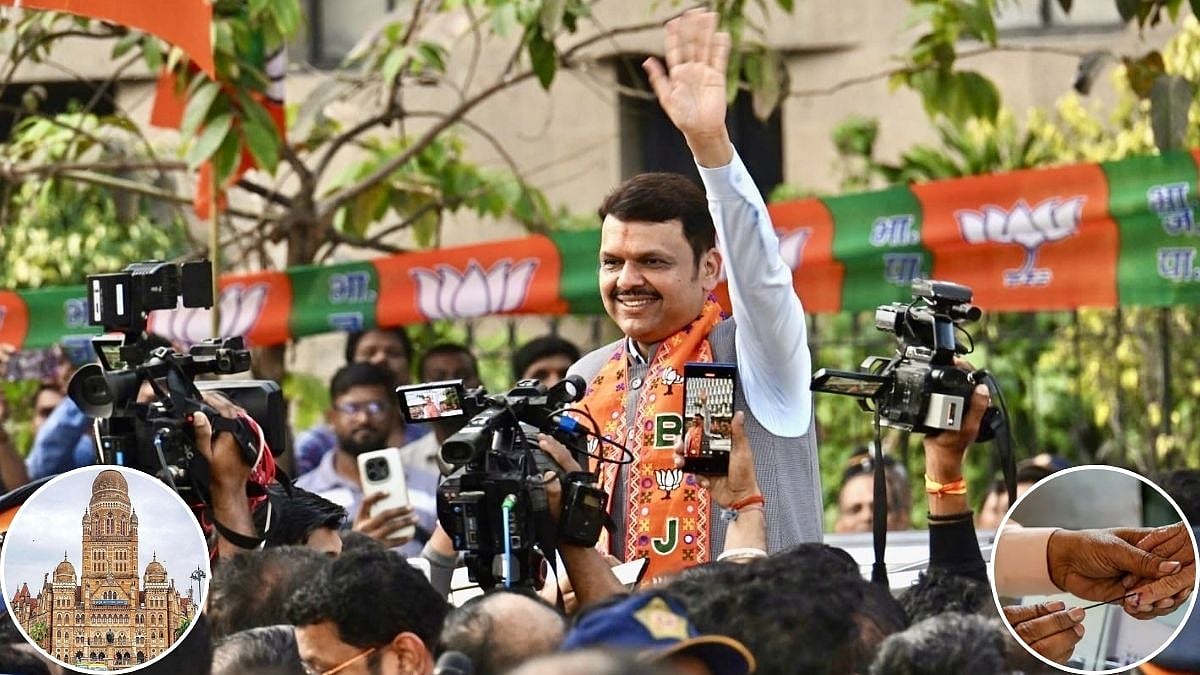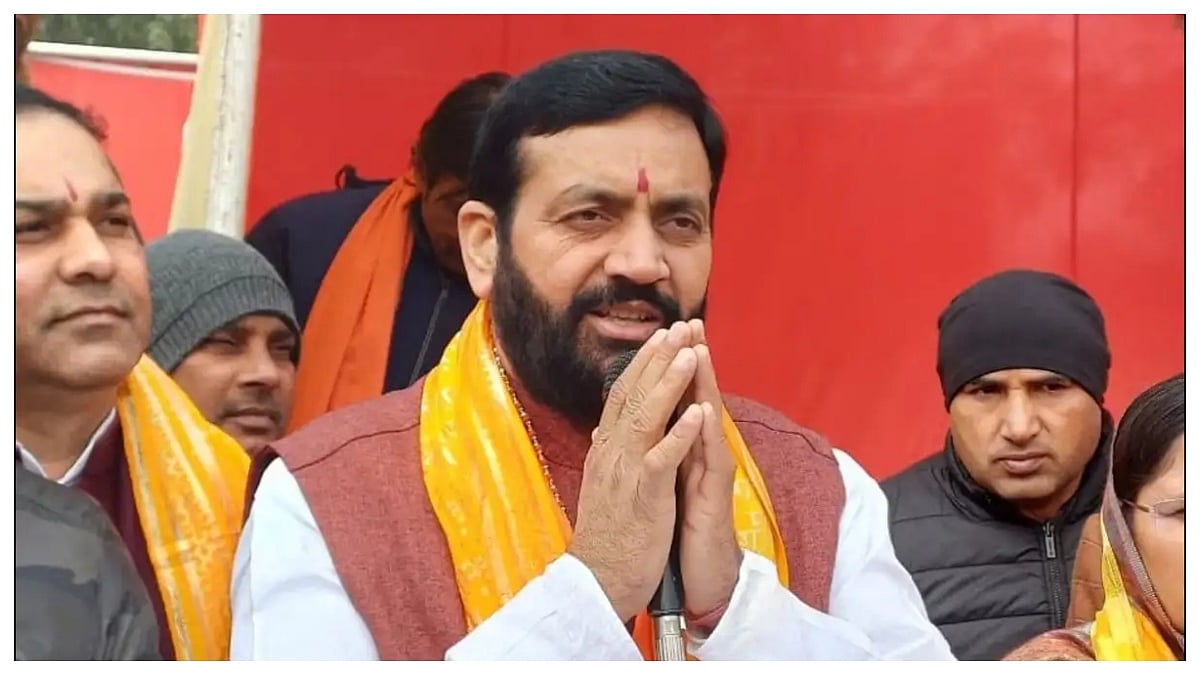As Lok Sabha elections are coming closer, electioneering in various forms is coming to surface; one such form is to go for war against our historical enemy – Pakistan. Though war has yet not erupted yet, there is every indication that the incidents of firing on the border and statements coming from Pakistani leaders and media, are finally leading us to a war. Not necessarily this would be a full-fledged war but military action on the lines of Kargil in 1999 also has the potential to gain desired political results.
Armed action against a nuclear-armed nation is a sort of a gamble. It can be taken only that far. And, on Day One, it looked like Prime Minister Narendra Modi had the entire game-plan ready to checkmate Pakistan in just a few moves. First came the big surprise.
Pakistani military strategists would have expected targeted strikes against abandoned forward posts along the LoC. The airstrikes deep inside Pakistani territory was so unexpected that the Pakistan Air Force didn’t even have time to scramble its jets.
Most crucial step
The more crucial next step that Modi played beautifully was instead of political statements, or even a press briefing by the Air Force, the government put forward India’s Foreign Secretary. It was a move calculated to push the Balakot airstrikes straight into the international diplomatic arena. The words, describing the attack, were also carefully designed. It was an “intelligence-led, non-military pre-emptive operation”.
Each part of this statement was significant. Intelligence-led to suggest that it was driven by specific information and it wasn’t an act of general aggression. Non-military because it didn’t target Pakistan’s military installations or any civilians. Pre-emptive because it was to act against new plans by Jaish-e-Mohammad terrorists to attack India.
Statements from diplomats showed that India’s strategy was working. Most of them backed India and asked Pakistan to crack down on terrorists at home. Others called for restraint, which was exactly India’s own public stand. Modi himself was careful, not to indulge in excessive chest-thumping.
In the afternoon, when he addressed frenzied crowds at a rally in Rajasthan’s Churu, he did begin with a rousing patriotic couplet. But, after that, he dialled down the rhetoric even though it was clear the BJP cadre in the audience wanted more.
The strategists knew that Pakistan was bound to retaliate. After all, as the joke goes, other countries have armies; the Pakistani army has a country. And, the Pakistani defence establishment wasn’t going to sit back and accept this mortifying humiliation.
The first sabre-rattling came when Imran Khan called a meeting of the National Command Authority, whose main task is to oversee Pakistan’s nukes. It was a thinly-veiled threat to India and the global community that Pakistan wouldn’t stop at conventional warfare alone.
All this would have fallen well within the war games drawn up by our strategists. Even Pakistan’s first military moves would have been anticipated though they were extremely belligerent. Indian fighter jets were in constant readiness to counter any attempts by Pakistani warplanes to cross into Indian territory. That’s exactly what Pakistan did, flying F-16s across the LoC on February 27, with plans to bomb Indian military targets and fuel dumps.
In the world of smart-phone cameras and social media, his videos surfaced within minutes. In fact, an official handle of the Pakistan Army also issued the video, only to delete it later, when it became clear that this was a violation of the Geneva Convention. By then, it had already achieved the psy-ops objective.
For people in India, it was a heartbreaking sight. To many, the pilot became the face of this conflict. It brought home the horrors of war, even to those who had been baying for blood a few hours earlier. As the videos went viral, people marveled at the Wing Commander’s equanimity in the face of imminent danger.
Image-building required
Pakistan suffers from a global confirmation bias. Everyone and their aunt believes Pakistan is a failed state that fosters terrorism. No amount of image-building can change opinions overnight. However, the international community knows Pakistan needs a face-saver.
No one expects its army to accept defeat and cede domestic power. Imran Khan has already been forced to make the first call for peace and talks. He needs a fig-leaf to be able to rein-in Pakistan’s bloodthirsty generals.
Curiously, the world is now looking to India to reciprocate. It is also the time for India to drive home the advantage through diplomatic initiative. One option could be to align more directly with the US and offer it the same strategic options that Pakistan has been giving. At the same time, it is expected that Modi should agree to talks with a specific pre-condition: a UN-monitored dismantling of the over ground terror networks within Pakistan and complete freeze on their financial assets.
Bharatkumar Rautis a political analyst and former Member of Parliament (RS).
